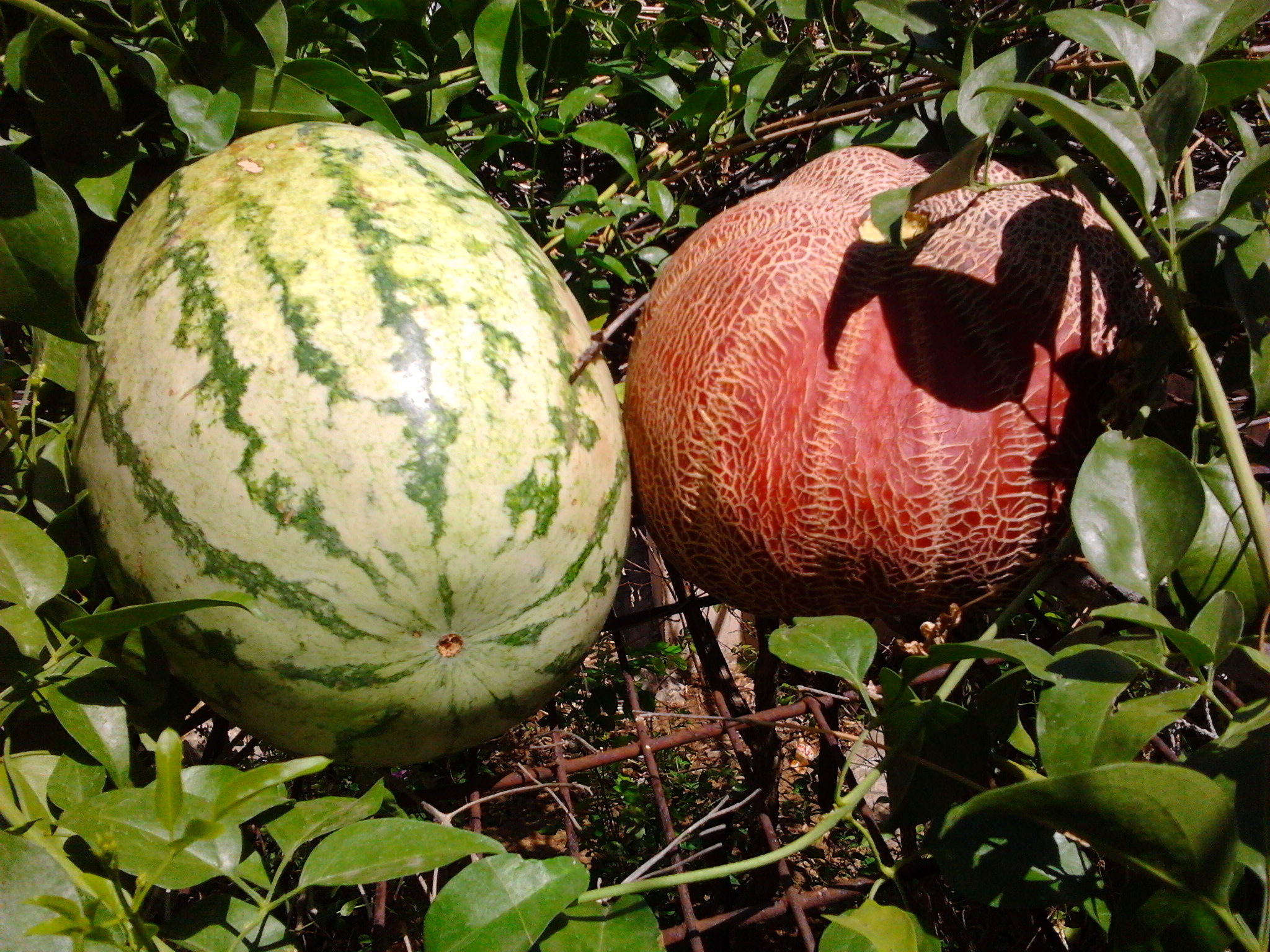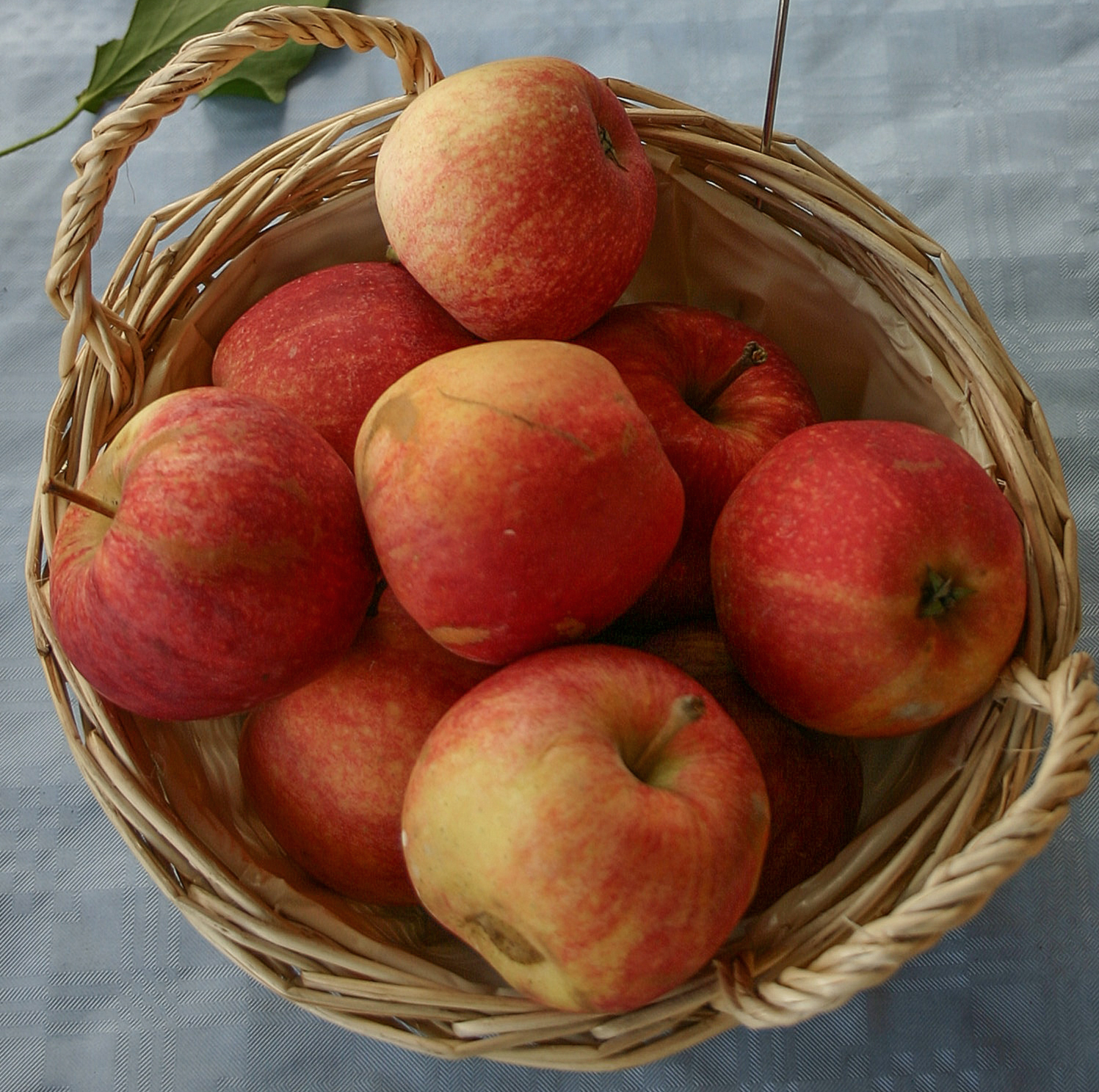|
Canary Melon
The Canary melon (''Cucumis melo'' (''Inodorus'' group)) or winter melon is a large, bright-yellow elongated melon with a pale green to white inner flesh. This melon has a distinctively sweet flavor that is slightly tangier than a honeydew melon. The flesh looks like that of a pear but is softer. When ripe, the rind has a slightly waxy feel. The name comes from its bright yellow color, which resembles that of the canary. This melon is often marketed as the Juan Canary melon and can be found in various sizes and shapes. This melon is common in parts of Asia, e.g., Japan and South Korea, Algeria and Morocco. Varieties include the smaller, round Fonzy melon, cultivated in Mexico. Canary melon has a subtly sweet flavor to it. They are best stored at 15 °C (59 °F). See also * List of culinary fruits * Melon A melon is any of various plants of the family Cucurbitaceae with sweet, edible, and fleshy fruit. The word "melon" can refer to either the plant or specifical ... [...More Info...] [...Related Items...] OR: [Wikipedia] [Google] [Baidu] |
Cucumis Melo
''Cucumis melo'', also known as melon, is a species of ''Cucumis'' that has been developed into many cultivated varieties. The fruit is a pepo. The flesh is either sweet or bland, with or without a musky aroma, and the rind can be smooth (such as honeydew), ribbed (such as European cantaloupe), wrinkled (such as casaba melon), or netted (such as muskmelon). In North America, the sweet-flesh varieties are often collectively called muskmelon, including the musky netted-rind varieties and the inodorous smooth-rind varieties, and cantaloupe usually means the former type. However, muskmelon in a narrow sense only refers to the musky netted-rind type, while the true cantaloupe is the European type with ribbed and often warty rind that is seldom grown in North America. The origin of melons is not known. Research has revealed that seeds and rootstocks were among the goods traded along the caravan routes of the Ancient World. Some botanists consider melons native to the Levant and Egypt, ... [...More Info...] [...Related Items...] OR: [Wikipedia] [Google] [Baidu] |
Melon
A melon is any of various plants of the family Cucurbitaceae with sweet, edible, and fleshy fruit. The word "melon" can refer to either the plant or specifically to the fruit. Botanically, a melon is a kind of berry, specifically a "pepo". The word ''melon'' derives from Latin ', which is the latinization of the Greek (''mēlopepōn''), meaning "melon",. itself a compound of (''mēlon''), "apple, treefruit (''of any kind'')" and (''pepōn''), amongst others "a kind of gourd or melon". Many different cultivars have been produced, particularly of cantaloupes. History Melons originated in Africa or in the hot valleys of Southwest Asia, especially Iran and India, from where they gradually began to appear in Europe toward the end of the Western Roman Empire. Melons are known to have been grown by the ancient Egyptians. However, recent discoveries of melon seeds dated between 1350 and 1120 BCE in Nuragic sacred wells have shown that melons were first brought to Europe by the N ... [...More Info...] [...Related Items...] OR: [Wikipedia] [Google] [Baidu] |
Honeydew (melon)
The honeydew melon is one of the two main cultivar types in ''Cucumis melo'' Inodorus Group. It is characterized by the smooth rind and lack of musky odor. The other main type in the Inodorus Group is the wrinkle-rind casaba melon. Characteristics A honeydew has a round to slightly oval shape, typically long. It generally ranges in weight from . The flesh is usually pale green in color, while the smooth peel ranges from greenish to yellow. Like most fruit, honeydew has seeds. The inner flesh is eaten, often for dessert, and honeydew is commonly found in supermarkets across the world alongside cantaloupe melons and watermelons. In California, honeydew is in season from August until October. This fruit grows best in semiarid climates and is harvested based on maturity, not size. Maturity can be hard to judge, but it is based upon the ''ground color'' ranging from greenish white (immature) to creamy yellow (mature). Quality is also determined by the honeydew having a nearl ... [...More Info...] [...Related Items...] OR: [Wikipedia] [Google] [Baidu] |
Pear
Pears are fruits produced and consumed around the world, growing on a tree and harvested in the Northern Hemisphere in late summer into October. The pear tree and shrub are a species of genus ''Pyrus'' , in the family Rosaceae, bearing the pomaceous fruit of the same name. Several species of pears are valued for their edible fruit and juices, while others are cultivated as trees. The tree is medium-sized and native to coastal and mildly temperate regions of Europe, North Africa, and Asia. Pear wood is one of the preferred materials in the manufacture of high-quality woodwind instruments and furniture. About 3,000 known varieties of pears are grown worldwide, which vary in both shape and taste. The fruit is consumed fresh, canned, as juice, or dried. Etymology The word ''pear'' is probably from Germanic ''pera'' as a loanword of Vulgar Latin ''pira'', the plural of ''pirum'', akin to Greek ''apios'' (from Mycenaean ''ápisos''), of Semitic origin (''pirâ''), meaning "fru ... [...More Info...] [...Related Items...] OR: [Wikipedia] [Google] [Baidu] |
List Of Culinary Fruits
This list contains the names of Fruit, fruits that are considered Eating, edible either raw or in some Cuisine, cuisines. The word "fruit" is used in several different ways. The definition of fruit for this list is a culinary fruit, that is, "Any sweet, edible part of a plant that resembles fruit, even if it does not develop from a floral Ovary (botany), ovary; also used in a technically imprecise sense for some sweet or semi-sweet Vegetable, vegetables, some of which may resemble a true fruit or are used in cookery as if they were a fruit, for example rhubarb." Many edible plant parts that are ''true fruits'' botanically speaking, are not considered culinary fruits. They are classified as vegetables in the culinary sense (for example: the tomato, zucchini, and so on), and hence they do not appear in this list. Similarly, some botanical fruits are classified as nuts (e.g. brazil nut), and do not appear here either. Even so, this list is otherwise organized botanically. Pomes ... [...More Info...] [...Related Items...] OR: [Wikipedia] [Google] [Baidu] |
Melon
A melon is any of various plants of the family Cucurbitaceae with sweet, edible, and fleshy fruit. The word "melon" can refer to either the plant or specifically to the fruit. Botanically, a melon is a kind of berry, specifically a "pepo". The word ''melon'' derives from Latin ', which is the latinization of the Greek (''mēlopepōn''), meaning "melon",. itself a compound of (''mēlon''), "apple, treefruit (''of any kind'')" and (''pepōn''), amongst others "a kind of gourd or melon". Many different cultivars have been produced, particularly of cantaloupes. History Melons originated in Africa or in the hot valleys of Southwest Asia, especially Iran and India, from where they gradually began to appear in Europe toward the end of the Western Roman Empire. Melons are known to have been grown by the ancient Egyptians. However, recent discoveries of melon seeds dated between 1350 and 1120 BCE in Nuragic sacred wells have shown that melons were first brought to Europe by the N ... [...More Info...] [...Related Items...] OR: [Wikipedia] [Google] [Baidu] |




